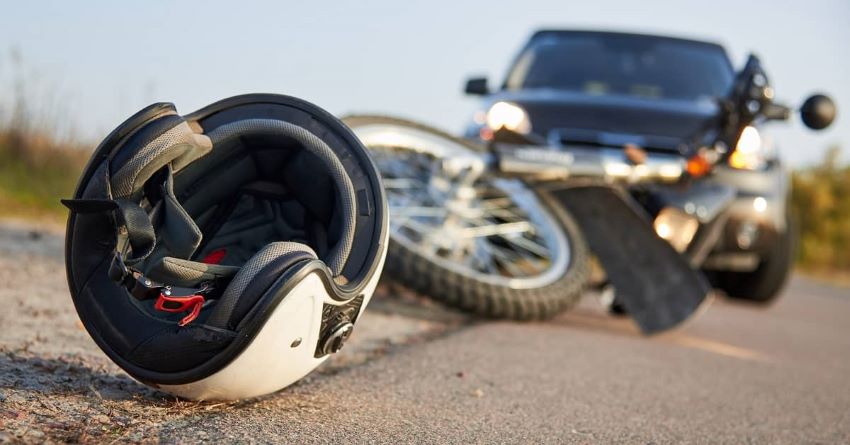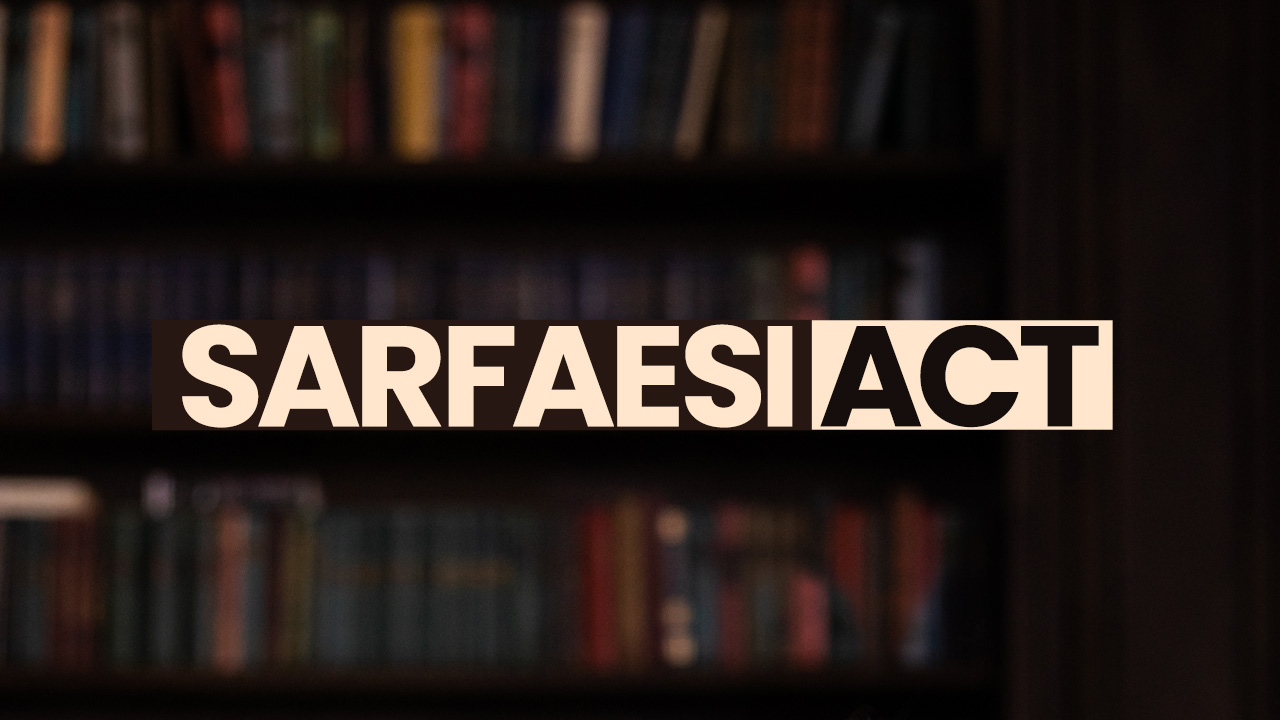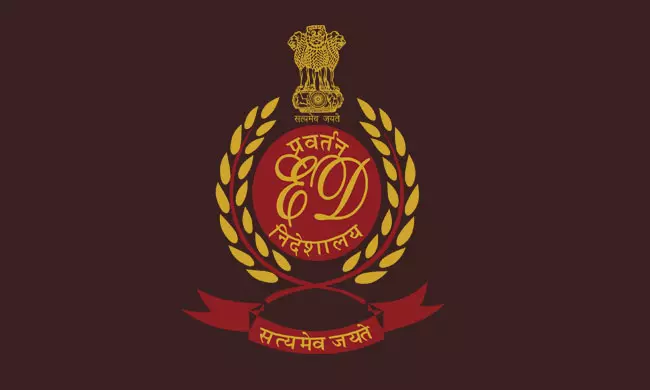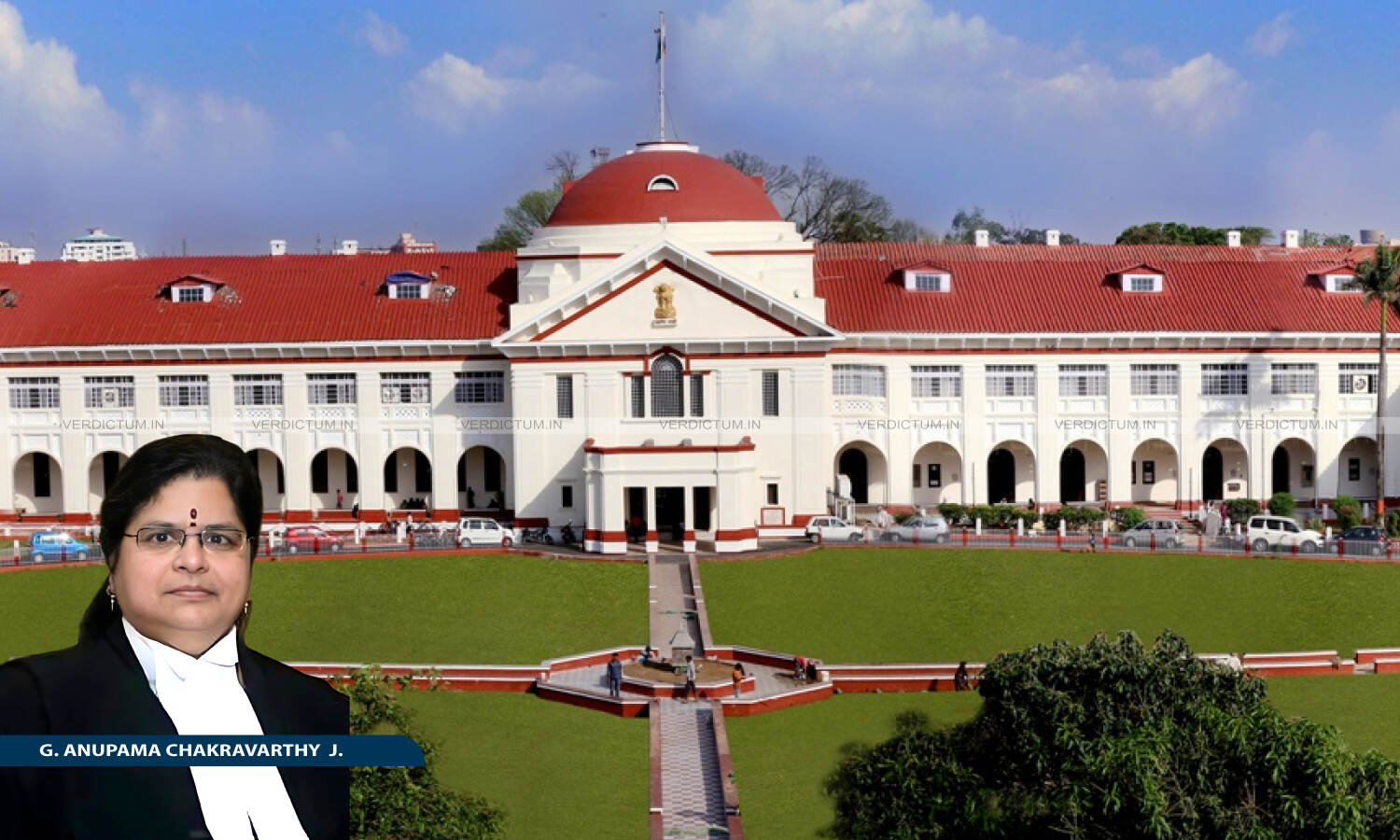HP High Court Upholds Acquittal Of Car Driver Over Fatal Accident With Bike


The Himachal Pradesh High Court has upheld the decision of the trial court in dropping charges against the driver of a Scorpio who was involved in a fatal collision with a motorcycle upon noting that the car was being driven on the correct side of the road, but the motorcycle had suddenly appeared from the wrong side of the highway at an intersection, leading to the car being unable to stop and the subsequent crash.
While perusing statements by the victim, Justice Rakesh Kainthla said: “Therefore, the statement of the witness that the driver was negligent by itself without anything more do not constitute legally admissible evidence upon which a reliance can be placed by the Court of law to base its judgment”.
Background Facts:
On 25th March 2007, Naresh Kumar, the informant and his father were riding a motorcycle near the Kangra bus stand in Himachal Pradesh. He alleged that a Scorpio Jeep driven by the respondent, Baldev Singh, came at high speed and collided with his motorcycle. Both the informant and his father suffered injuries and were taken to the hospital; however, the informant’s father died in the hospital itself.
Thereafter, the informant filed a police complaint, and an FIR was registered against the respondent. Following the investigation, a charge sheet was filed against the respondent under Sections 279, 337,338 and 304-A of the Indian Penal Code for rash driving on a public way, causing hurt, grievous hurt by an act endangering life or personal safety of others and causing death by negligence, respectively.
However, the respondent claimed that the accident occurred because the informant lost control of the motorcycle and came onto the wrong side of the road, hitting the Jeep. He further alleged that a false case was made against him and that there was no evidence to support the allegations.
Trial Court’s Findings:
The Trial Court noted that the accident occurred on the left side of the road, which meant that the informant was riding on the wrong side of the road. Bags were also found on the spot, and the possibility of the informant losing balance could not be ruled out.
It further observed that the informant admitted to crossing the road from the bus stand area. This raised the possibility that the accident occurred due to the sudden appearance of the informant on the National Highway.
Since the prosecution was unable to prove that the accident occurred due to negligence of the respondent, the Trial Court acquitted the respondent of all charges.
Aggrieved by the decision, the State filed an appeal before the High Court, alleging misappreciation of evidence by the Trial Court.
Findings:
The Court noted that the informant submitted that he was riding a motorcycle with his father when the respondent hit them with his car. He claimed that the accident was caused by the respondent’s negligence. However, in Hollington vs. Hawthorn 1943, it was held that “a witness may inform the Court of everything he saw, he may not express any opinion on whether either or both parties were negligent.”
In State of H.P. vs. Niti Raj 2009, the H.P. High Court held that “It is not necessary for a witness to say that the driver of an offending vehicle was driving the vehicle rashly. The issue whether the vehicle was being driven in a rash and negligent manner is a conclusion to be drawn based on evidence led before the Court”.
In this case, the Court remarked that the statement of the witness that the driver was negligent without any factual does not constitute legally admissible evidence based upon which a decision can be made by the Court.
It noted that during cross-examination, the informant admitted he was crossing from a link road onto a main road. The Court observed that even the photographs confirmed that the jeep of the respondent was on the left side of the road.
As per Rule 2 of the Road Regulations, 1989, the driver must drive as close to the left side of the road and shall allow all the traffic which is proceeding in the opposite direction to pass on his right side. Therefore, the Court held that the respondent was driving towards the left side of the road and hence, as per Rule 2, there was no negligence on his part.
On the other hand, the informant was driving his motorcycle on the right side, which violated Rule 2. In Fagu Moharana vs. State AIR 1961 Orissa 7, it was held that “driving the vehicle on the wrong side of the road amounts to negligence”.
The Court noted that, as per the site plan, there was a road bifurcation on the highway. Rule 8 of the Road Regulations states that a motorcyclist must slow down while approaching intersections, junctions, pedestrian crossings, or road corners shall not enter any such intersection, junction or crossing until he has become aware that he may do so without endangering the safety of the persons.
Further, Rule 9 mandates that a rider entering an intersection must give way to traffic already moving along that road. Both these rules make it clear that any vehicle entering a main road from a side road must ensure safety he has entered into the road intersection and should give way to the traffic proceeding on the road. However, the Court found that the informant did not follow any of the rules and entered the highway without taking safety measures.
Thus, the Court upheld the Trial Court’s decision that the negligence of the informant led to the accident.
Case Name: State of H.P. v/s Baldev Singh alias Kewal Singh
Case No.: Cr. Appeal No.505 of 2011
Date of Decision: 19.06.2025
For the Appellant : Mr. Prashant Sen, Deputy Advocate General.
For the Respondent : Mr. Divya Raj Singh, Advocate.





